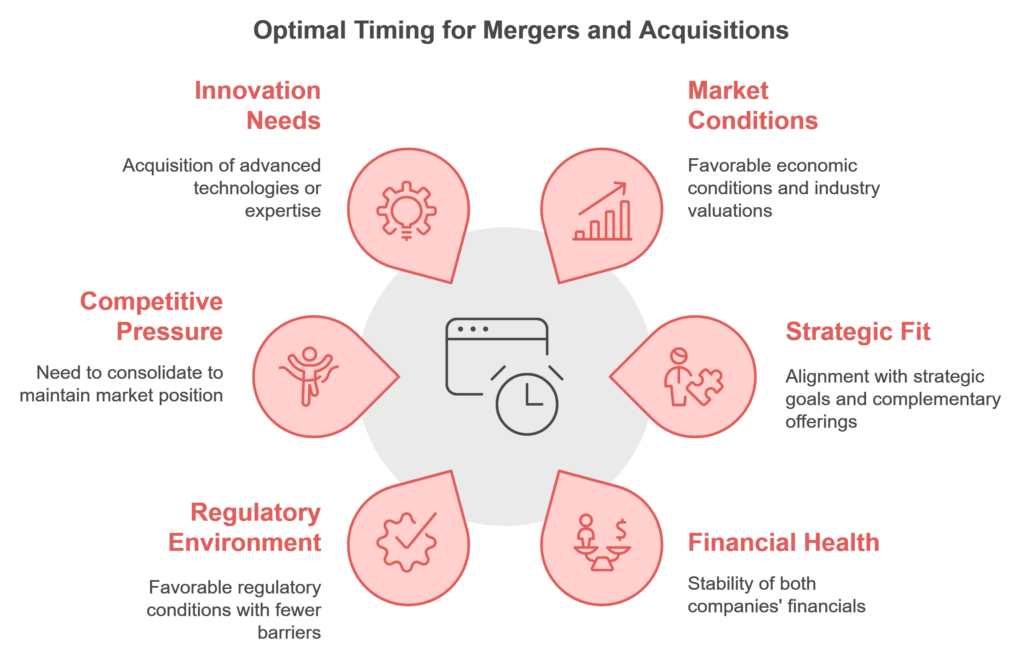Written by Riska Destriyanti on 24/07/2024
The author’s views are entirely their own and may not always reflect the views of Putranto Alliance.

Below is an AI generated discussion of the topic summary. For any clarity or accuracy please contact us here.
In the business world, mergers and acquisitions (M&A) are strategies frequently employed by companies to enhance their capabilities and competitiveness. This article will explore the definitions, differences, types, steps, benefits, and the importance of mergers and acquisitions, providing a comprehensive understanding of these critical business strategies.
Mergers involve the legal unification of two or more companies into a new entity, resulting in the transfer of assets and liabilities. This process aims to create a more competitive business by combining resources, capital, and market reach.
Acquisitions occur when a legal entity or individual takes over another company’s shares, thereby gaining control over it. The acquiring company absorbs the acquired company’s assets, including capital, facilities, inventory, and employees. Both mergers and acquisitions are pursued to maximize wealth, business activities, and resources.
Mergers and acquisitions are crucial for several reasons:
Determining the optimal timing for mergers and acquisitions is critical for maximizing their benefits. The best times to pursue M&A activities include:

Mergers and acquisitions offer numerous benefits, including:
To engage with our mergers and acquisitions services, please prepare the following documents:
Announcements and notices to shareholders and creditors.

Generally, the duration for completing a merger or acquisition service is around 2 months. But the complete process can range from several months to over a year for large entities, whereas simpler transactions may conclude more rapidly. There are several factors such as company size, industry sector, and the number of regulatory approvals required that could affect the timeline.
The process of executing a merger or acquisition involves several critical steps:
If your company is planning to merge with or acquire another company, Putranto Alliance can provide expert assistance. Our legal consultants are highly skilled in the areas of mergers and acquisitions and can help with all aspects of the process, including:
We offer tailored solutions to help you achieve your corporate goals and ensure the success of your corporate actions.
According to Law No. 40 of 2007 on Limited Liability Companies![]() (“Company Law”), a merger/acquisition plan must be prepared and approved by the Board of Commissioners. This plan should include detailed information such as the name and domicile of the company, reasons for the merger, valuation procedures, draft changes to the articles of association, financial reports, and plans for the continuation or termination of business activities
(“Company Law”), a merger/acquisition plan must be prepared and approved by the Board of Commissioners. This plan should include detailed information such as the name and domicile of the company, reasons for the merger, valuation procedures, draft changes to the articles of association, financial reports, and plans for the continuation or termination of business activities
There are various types of Merger, depending on the company:
Share to your network